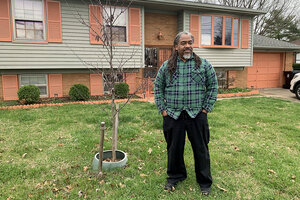
Many low-income urban areas in the United States have a pressing need for trees. With about half as much tree canopy coverage as their affluent counterparts have, these areas face a host of risks, such as air pollution, poor water quality, and dangerously high heat.
But government tree-planting programs meant to close this gap can face resistance from the very communities they intend to help. The resistance, research shows, is tied not only to residents’ lack of means to maintain trees but also to distrust.











